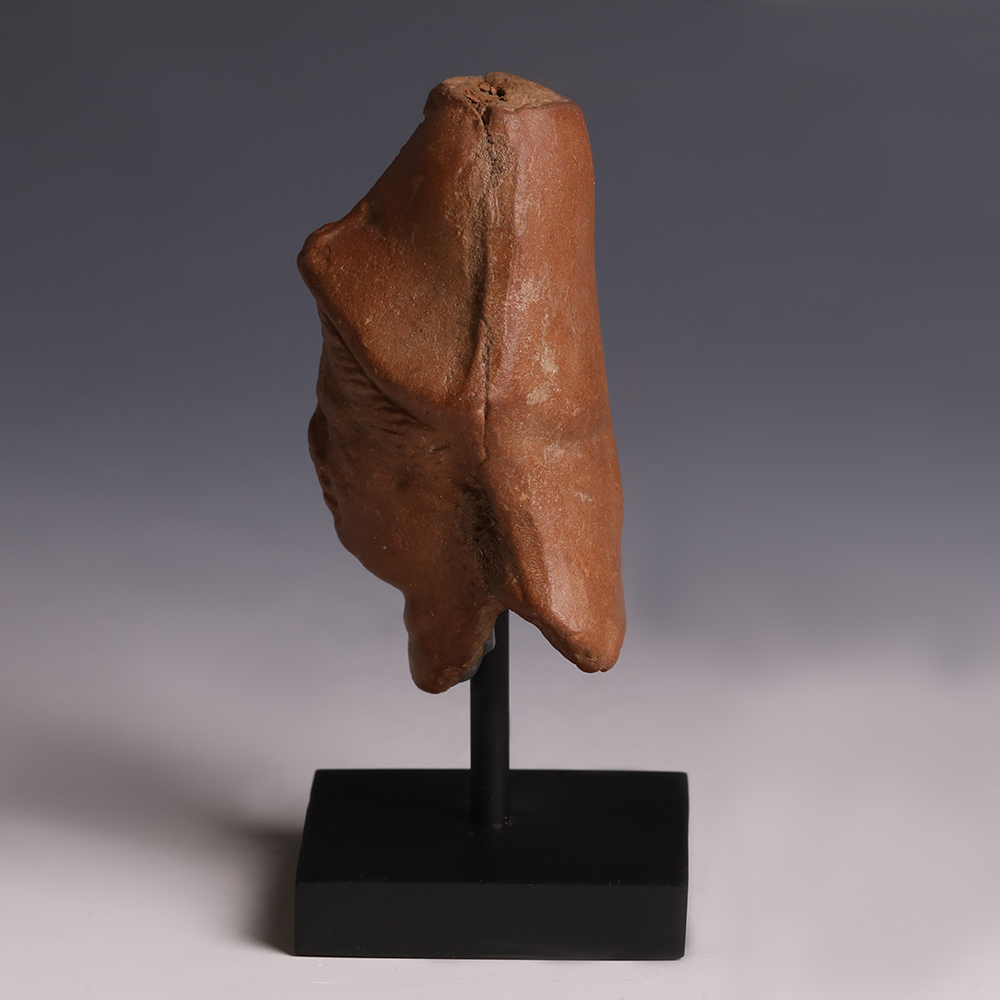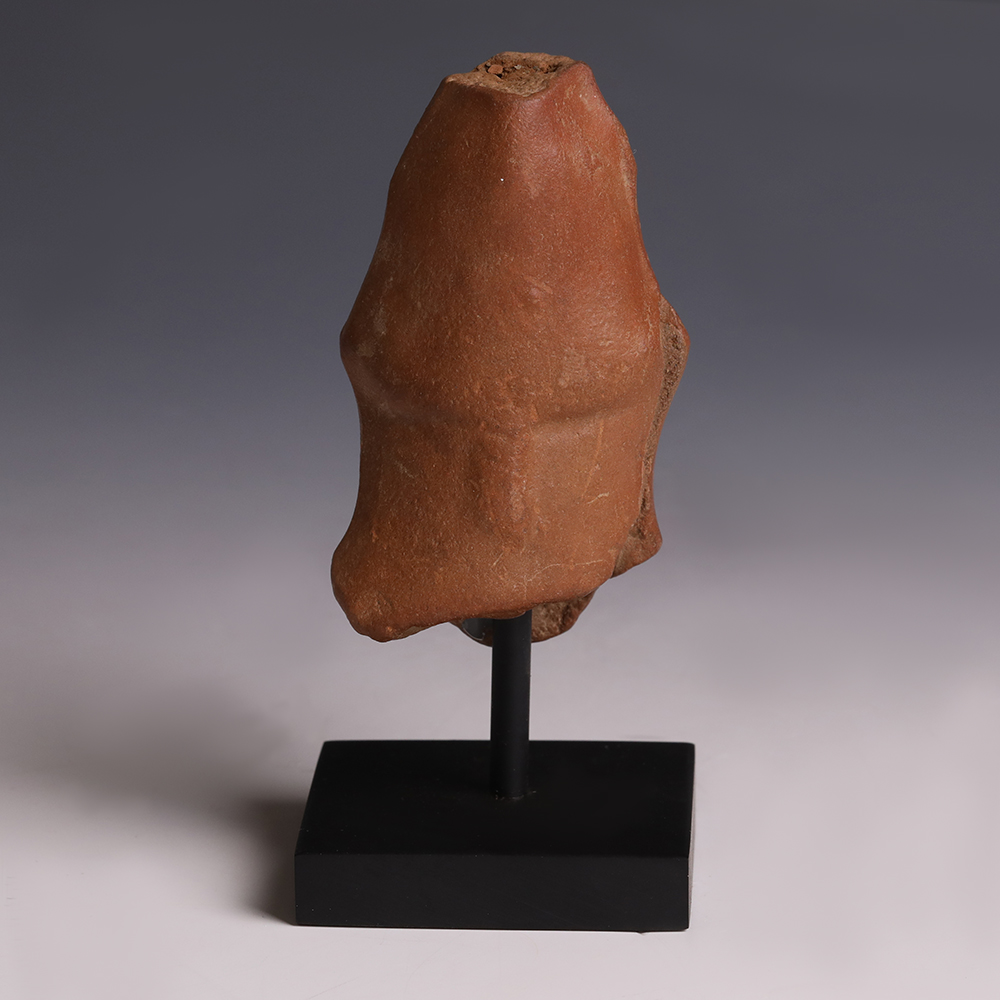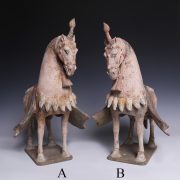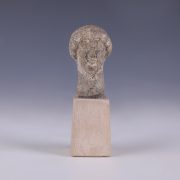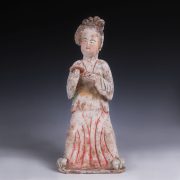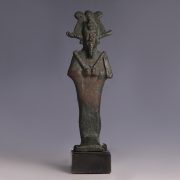In Roman religion Minerva, the equivalent of the Greek goddess Athena, was an extremely important and powerful deity. Together with Jupiter and Juno, she was part of the Capitoline Triad worshipped on the Capitoline Hill, which integrated the Etruscan trinity formed by Tini, Uni and Menura, into the Roman religion. She was worshipped by the Romans as the goddess of medicine, strategy, science and wisdom. Contrarily to the god of war Mars, she was believed to fight on behalf of just causes, hence, was not seen as a patron of violence, but as a civilising influence.
To find out more about Roman goddesses, please visit our relevant blog post: Roman Goddesses in Mythology.

